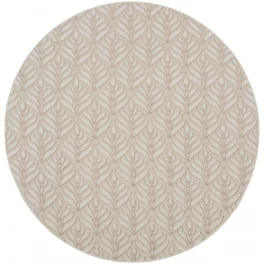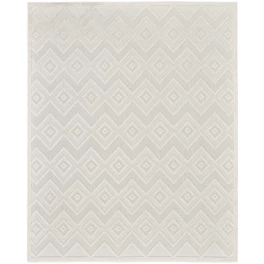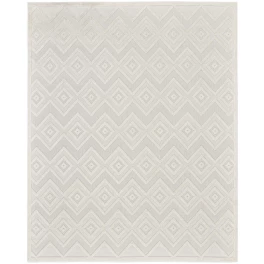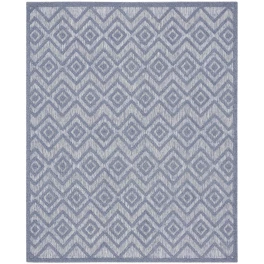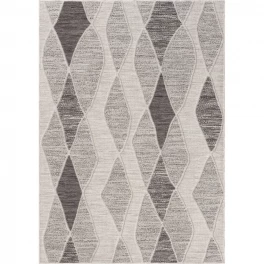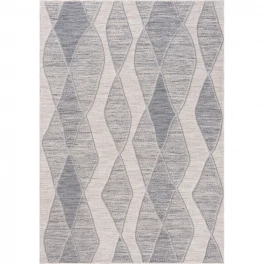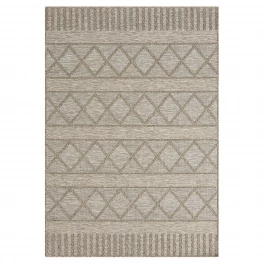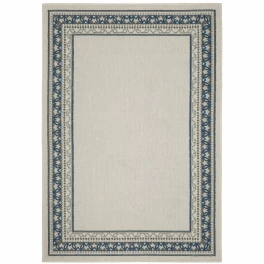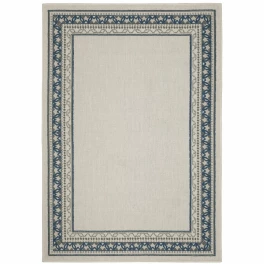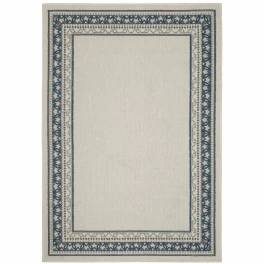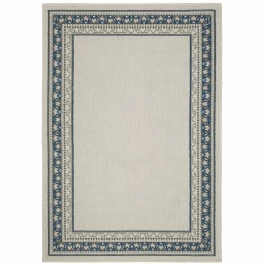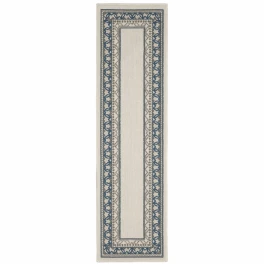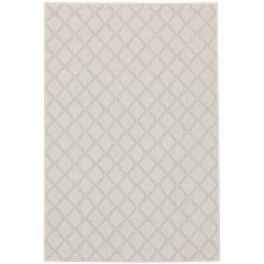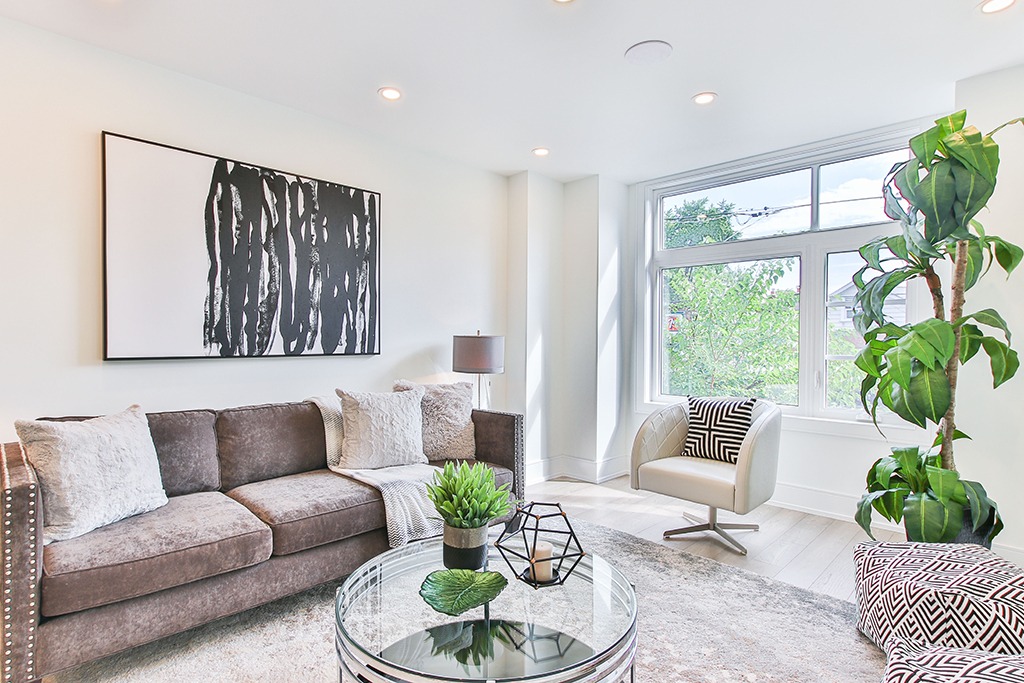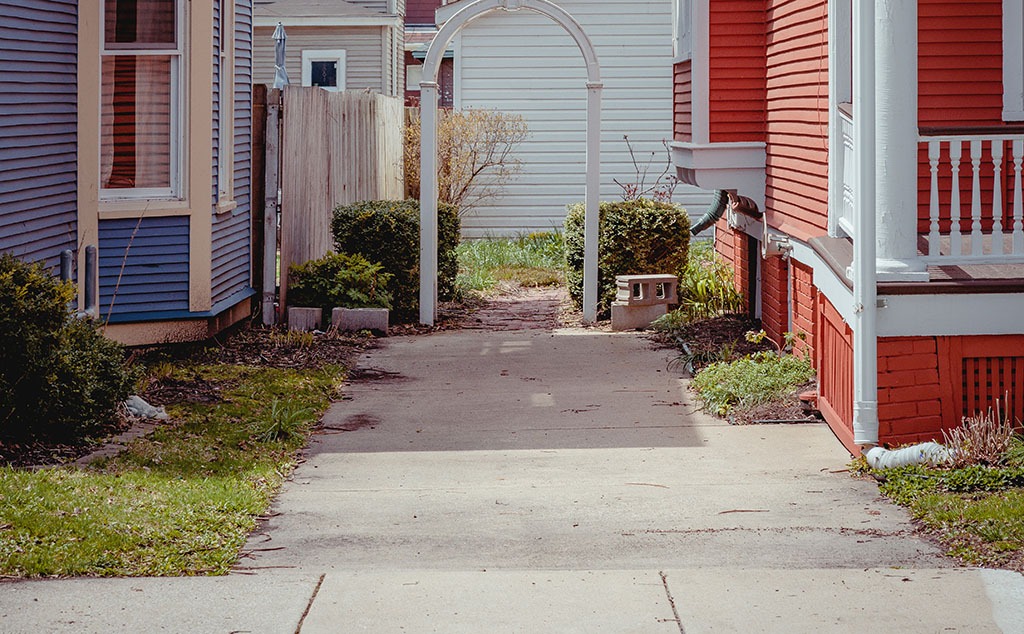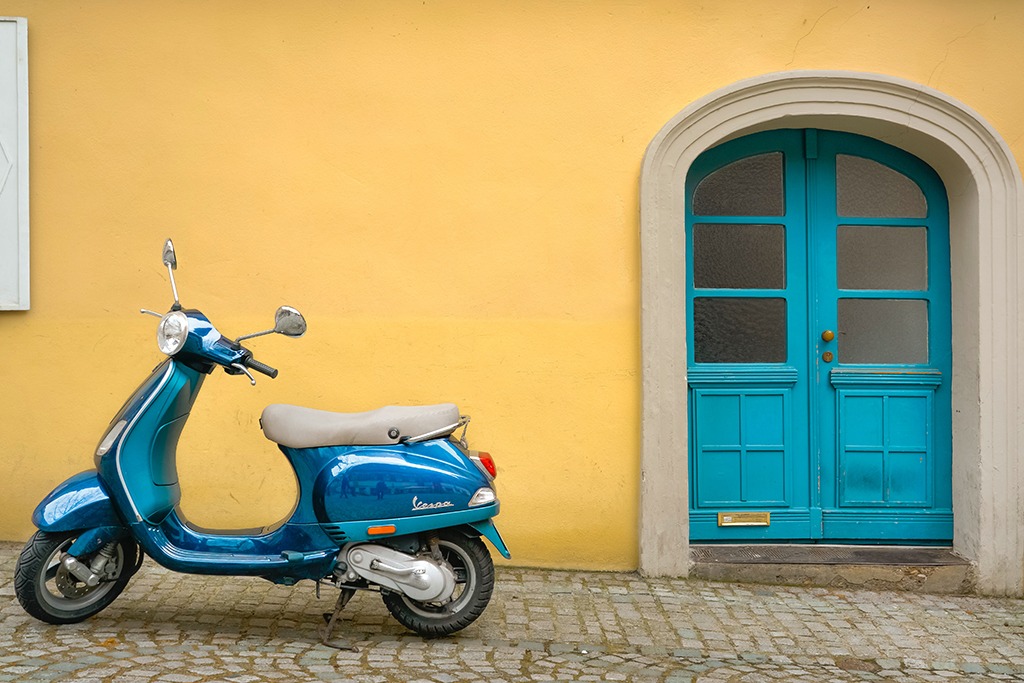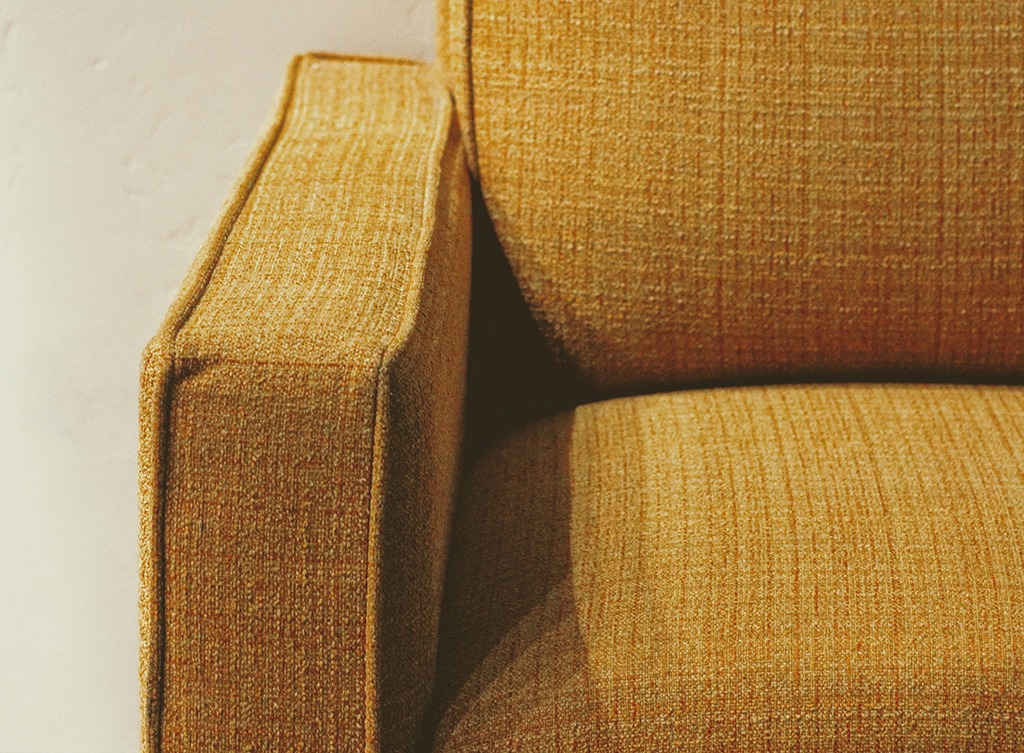No, I’m not talking about preserving vegetables in mason jars. This is a different kind of pickling. A pickled floor finish is a process of making the wood lighter, similar to whitewashing. The result is a rustic yet clean look that highlights the natural grain of the wood planks. Considering a pickled finish for your own wood floors? Here’s everything you need to know.
Pickled Floors are Good for Kids and Pets
If you have kids or pets, pickled floors are a great option for you. Messy critters and kids track in dirt and inevitably scratch floors. With pickled floors, the highlighted variation in the wood grain helps to camouflage any dust or scratches. Plus, the rustic style of the floor ages well, each passing year only adds more character.

Photo by KAZLOVA IRYNA on Shutterstock
Then & Now
Pickled floors date back to the 1800s when the process included soaking the wood in a vinegar brine to achieve the bleached look. Now pickling is achieved by either using wood bleach first and then applying a light stain, or just jumping straight to the staining step. You can make your own pickling stain by mixing one part white paint with three parts water. Not in the DIY mood? You can buy pre-made pickling stain as well. The finished stain is protected with a coat of polyurethane.

Photo by asadykov on Shutterstock
Style Tip
Pickled flooring is a bold choice, but it works well with a few different aesthetics. For instance, if your home has a casual beachy vibe – whitewashed or pickled floors will work seamlessly with your décor. If your style is more formal with rich fabrics and dark antiques, this floor might not be for you. Other styles well suited for pickled floors are contemporary, rustic cottage, and modern farmhouse.

Photo by Fran Antolini on Shutterstock
Step-by-Step Guide
Now that you know what pickling is, and where it comes from, you might be tempted to try your own version of pickled floors. Here’s the how-to guide.
1. Use an orbital floor sander to sand the wood of any existing stain and to achieve a smooth finish.

Photo by Twin Design on Shutterstock
2. Vacuum up any debris or sawdust and wipe the surface clean.

Photo by FotoDuets on Shutterstock
3. Work in small sections. With a 4-inch paintbrush, brush a small patch of your chosen pickling solution onto a section of the floor. Using a clean, dry rag, rub the solution against the grain of the wood. With another fresh rag, quickly wipe away the excess stain and expose the wood.
4. Repeat the sequence of brushing and wiping until you cover the whole floor. You can add additional coats if you want a more opaque finish.
5. Once you get the coverage you want, protect your floor with a coat of water-based polyurethane. Use smooth and slow strokes to avoid bubbling.

Photo by Seksun Guntanid on Shutterstock
Are you ready to take the plunge into pickling? If you’re feeling intimidated, experiment with a wood cabinet or bench before taking on a big project like flooring. Pickled or whitewash floors are a stylish and classic look that will brighten any space.




